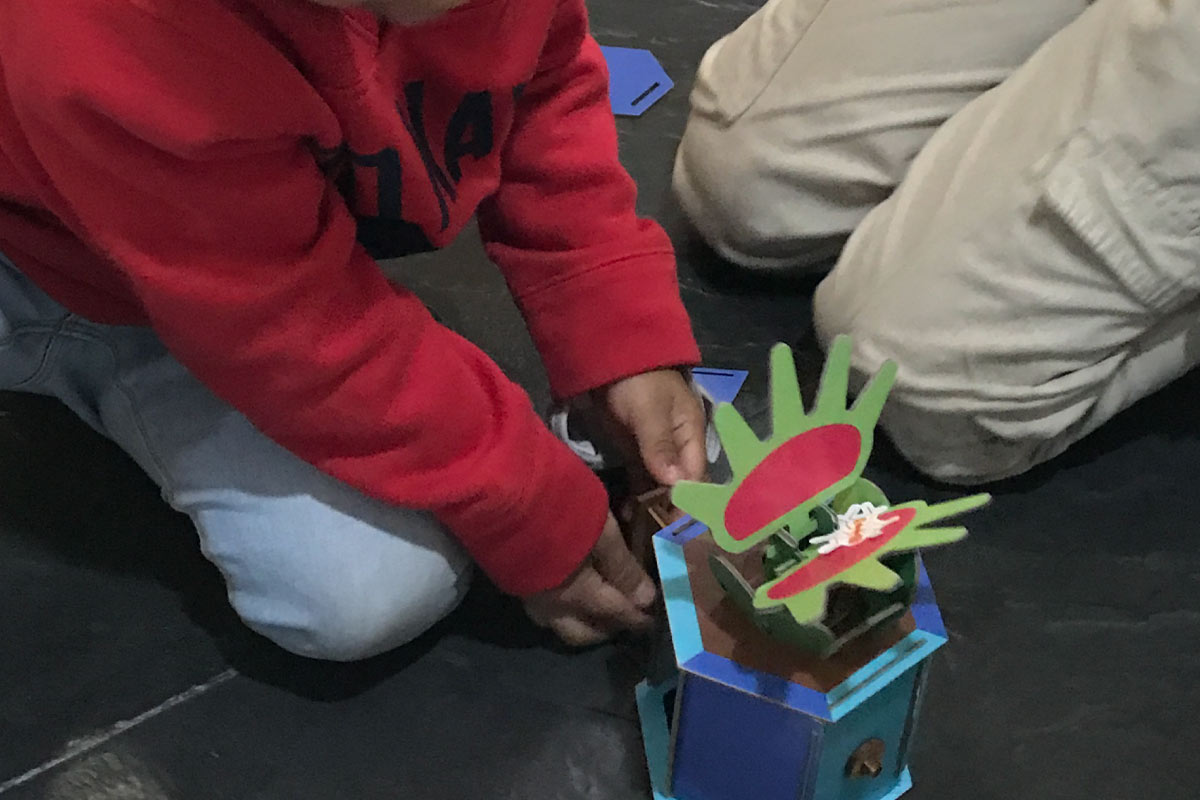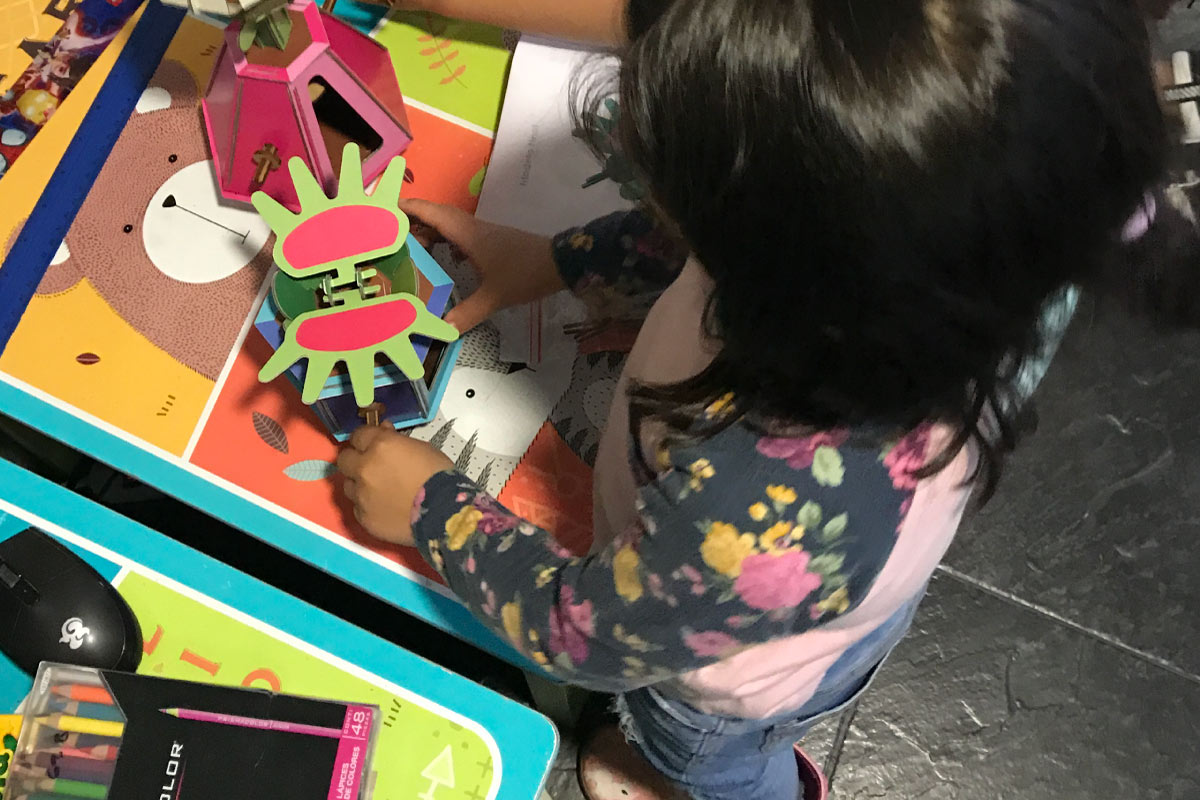Tinker Blooms
A 3D STEM puzzle line of mechanical automata developed during my internship at Hape Toys Italy, designed to engage children through playful learning and hands-on building.
Chipboard prototypes
About the project
3 month internship project | Concept prototype
Design mentors: Greta Giangrande and Isabel Fuster
My tasks: Concept ideation, product design, sketches and 3D renders, mechanism design, prototyping, user testing.
As part of my internship at Hape Toys, I designed a line of 3D puzzles for children aged 6–12, combining my background in papercraft with Hape’s developmental approach. The final concept—a series of flower automata—was created to foster skills like critical thinking, creativity, and discovery. Each model (Venus flytrap, Blooming flower and Sunflower) invites children to build mechanical puzzles that come to life.
I developed functioning prototypes, conducted a playtest with kids, and gathered valuable insights. The project balanced narrative, STEM education, and gender-neutral design. It also sparked joyful interaction, curiosity, and a sense of achievement in young users.
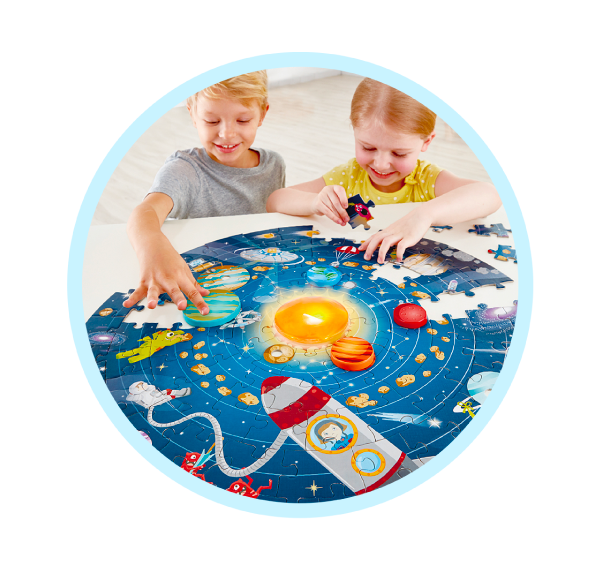
Context
The project originated an invitation to intern at Hape Toys. The company was specially attracted to my portfolio because of the potential of turning flat pieces into 3D objects. At the time, Hape’s puzzle line focused on toddlers and preschoolers, leaving a gap for older children. My brief was to design a product that filled this gap while aligning with the brand’s values of combining play with learning and sensory engagement.
Hape¡s puzzle approach is to accompany children through their growth providing appropriate tools to stimulate the sensitive brain periods corresponding to each growth stage, while delivering an extra value in play.
Brief imperatives
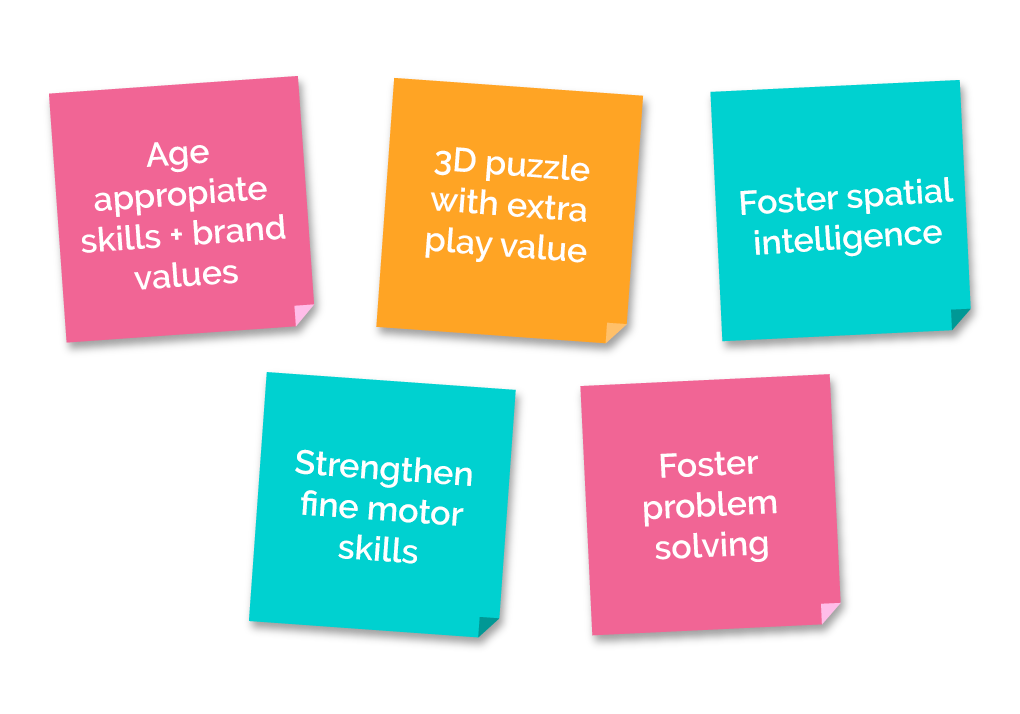
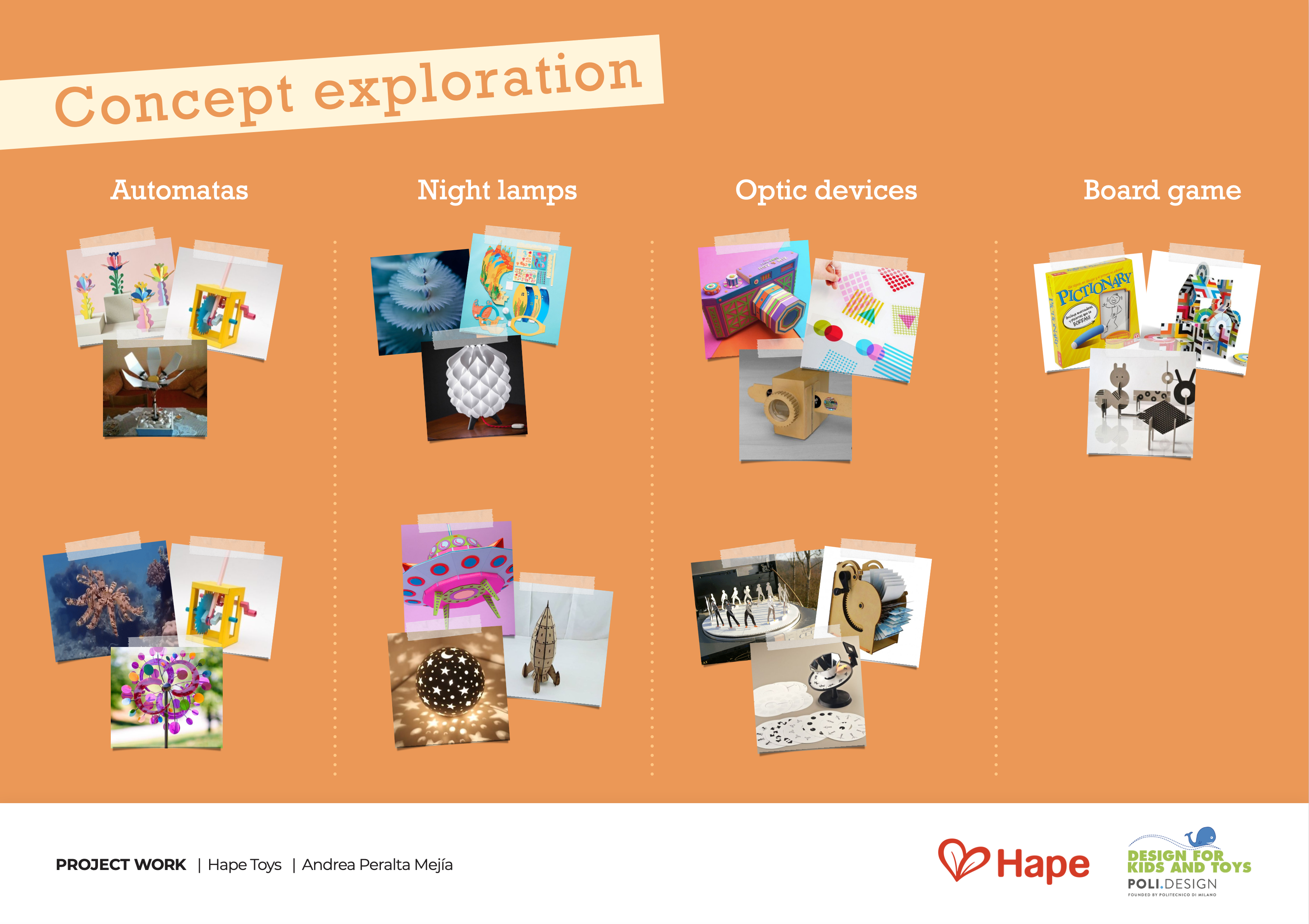
Puzzle line design

The proposed product line consisted of three flower-themed puzzle automata. One of my goals was to create a STEM toy that would be especially appealing to girls, addressing the gender imbalance often seen in this category. At the same time, the inclusion of the Venus flytrap, a carnivorous plant with a playful mechanism, was designed to spark interest in boys and encourage curiosity about plants across genders. After 3 rounds of product sketches and prototypes, the final proposal was presented.

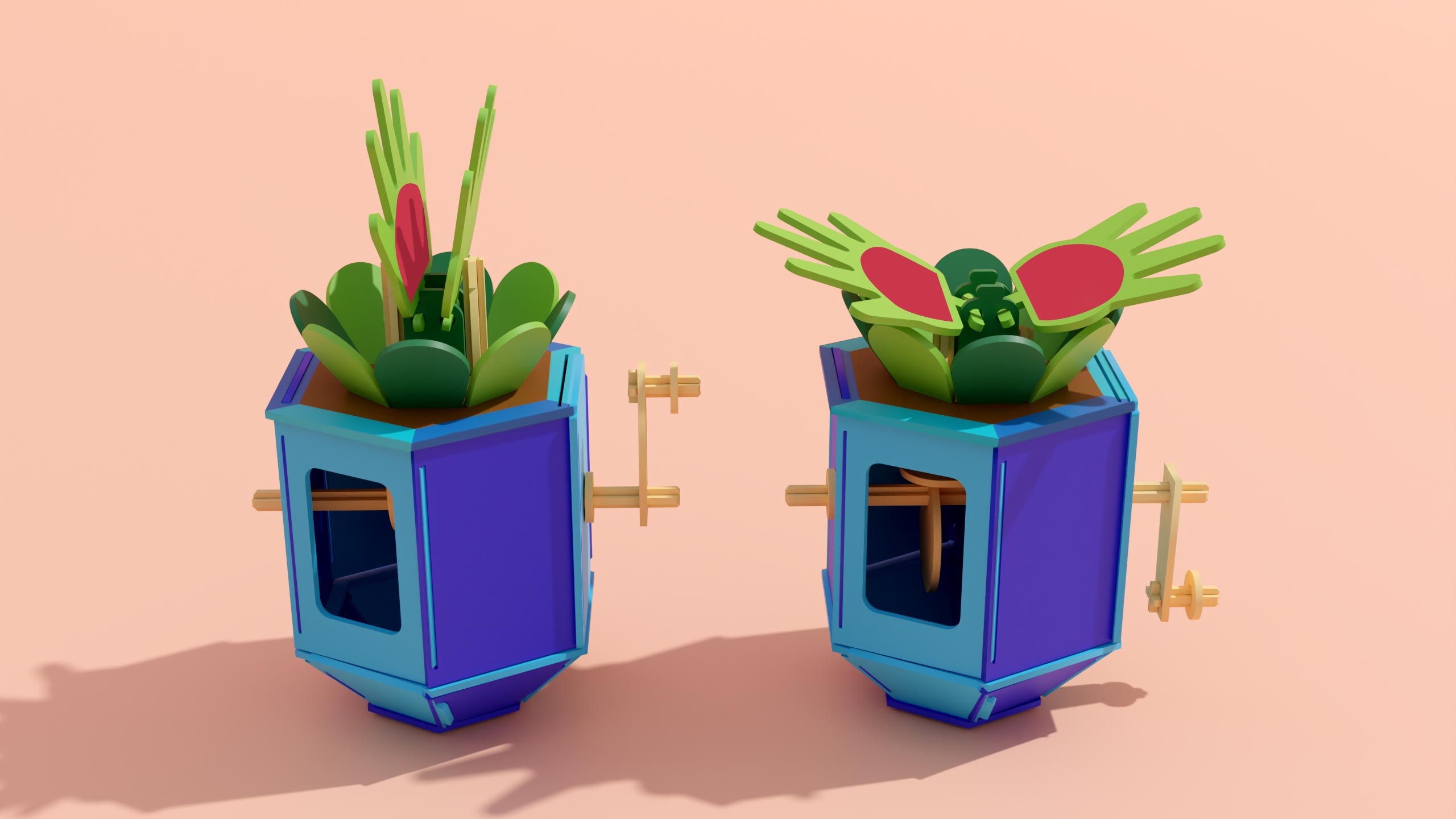

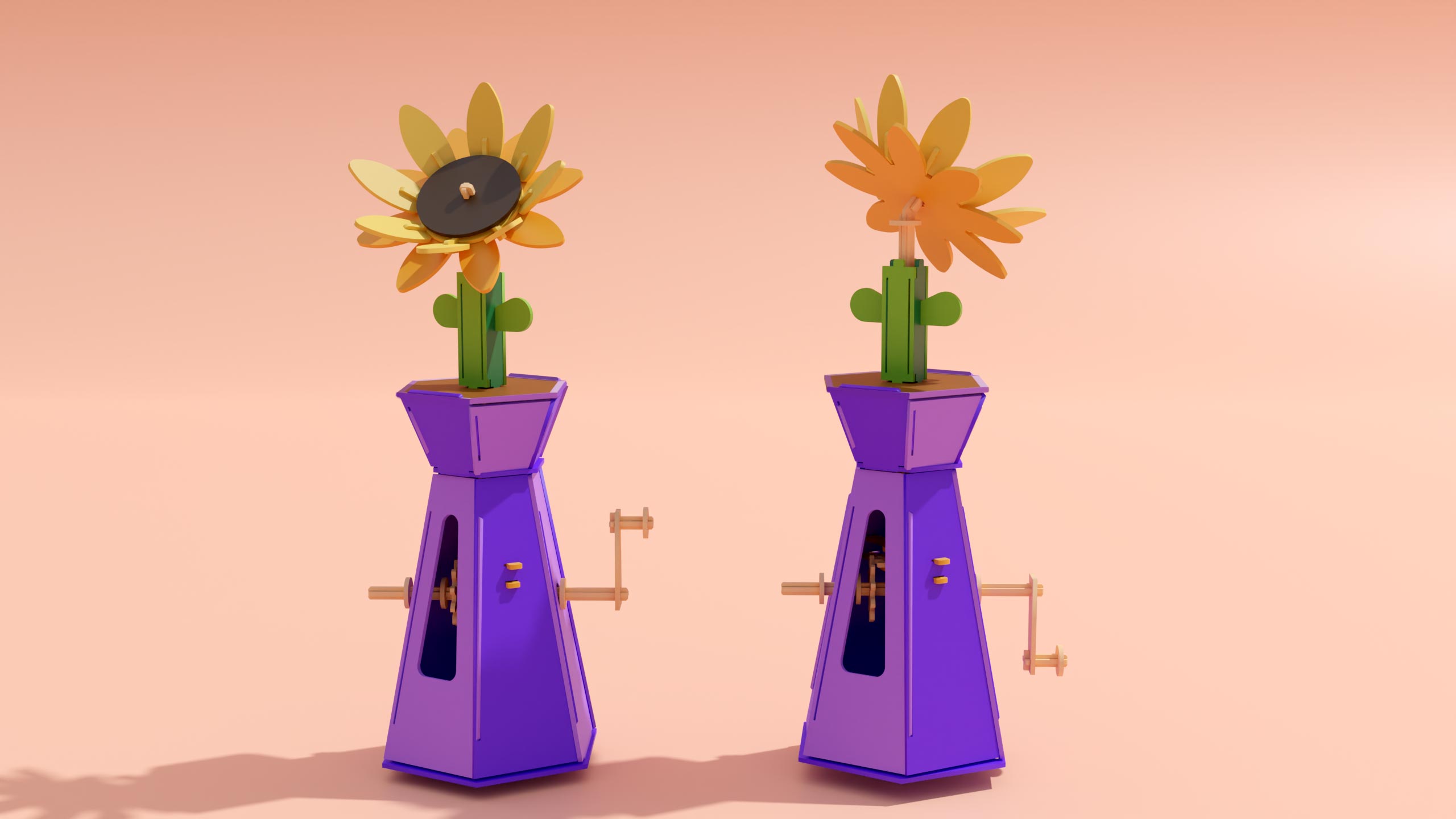
Prototypes & playtest
For the playtest, I prepared six puzzle sets—two of each model—offering both full-color and color-your-own versions, along with illustrated visual instructions. The session took place in a Colombian school with 12 children aged 4 to 8, younger than the target group, to test accessibility across ages. Each pair of children was supported by an adult, helping navigate the complexity of the builds in a limited one-hour timeframe.
The playtest provided valuable insights. Overall, the children were highly engaged, excited by the challenge, and eager to see the mechanisms come to life—many said they would play again.
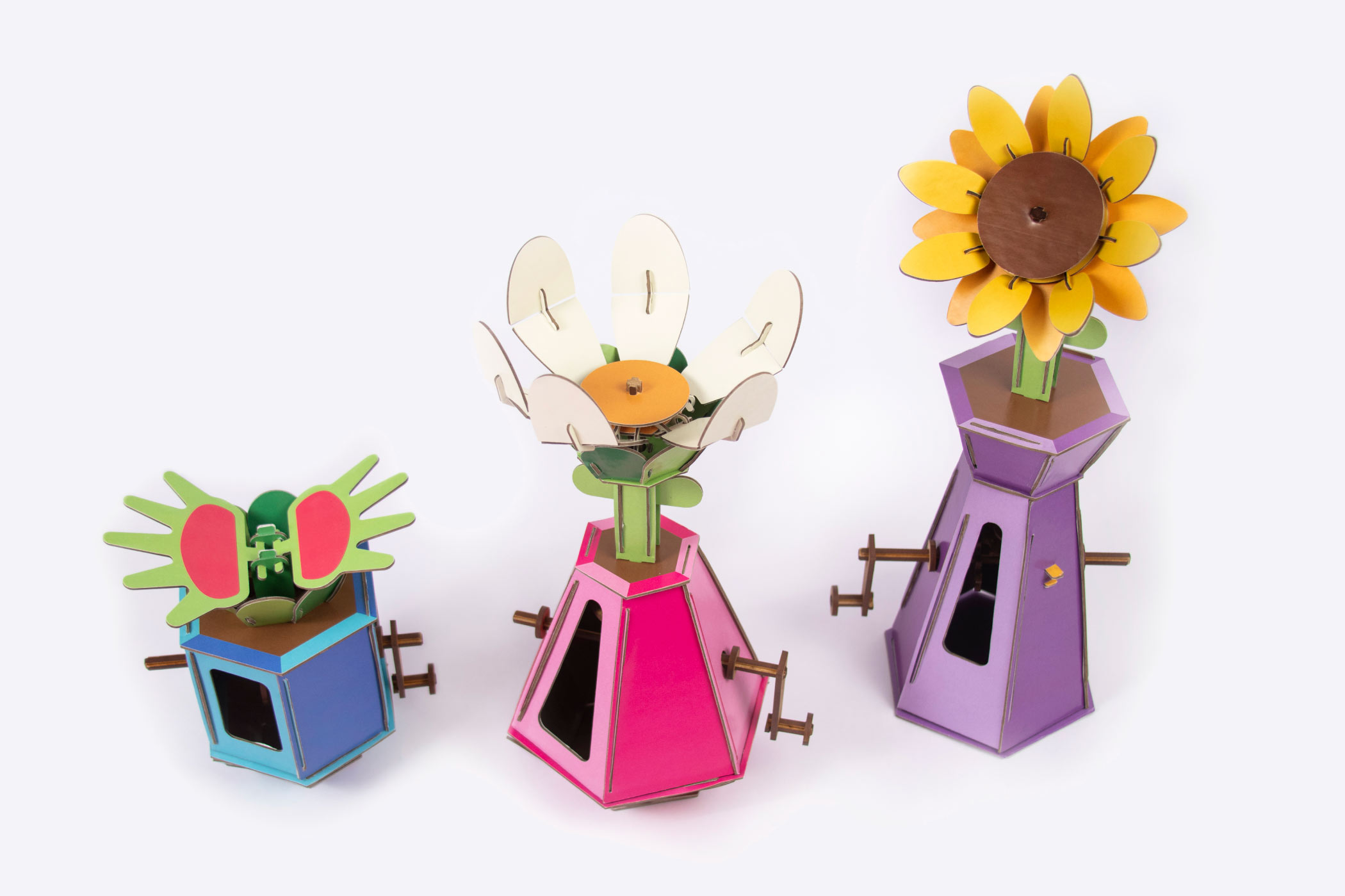
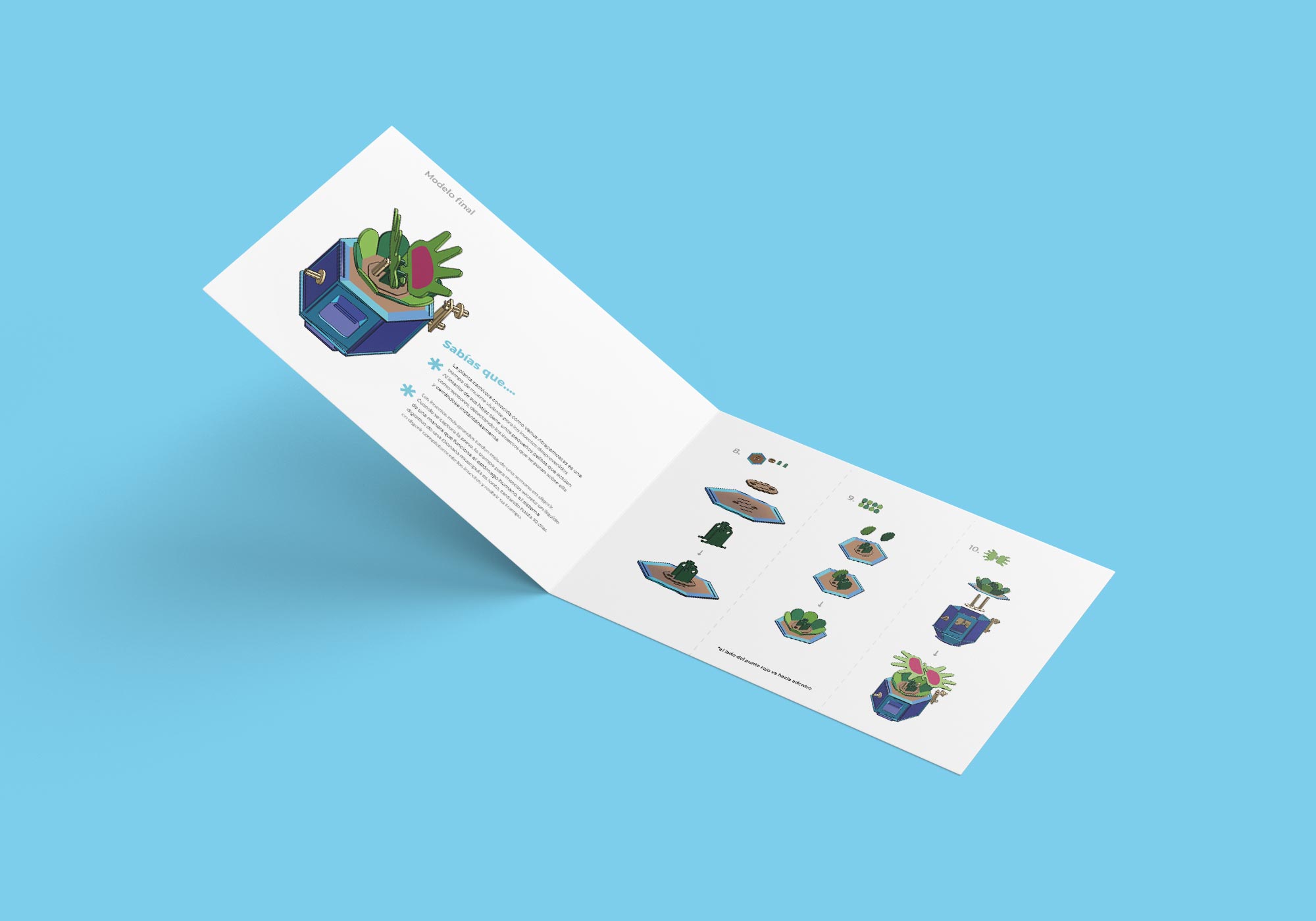

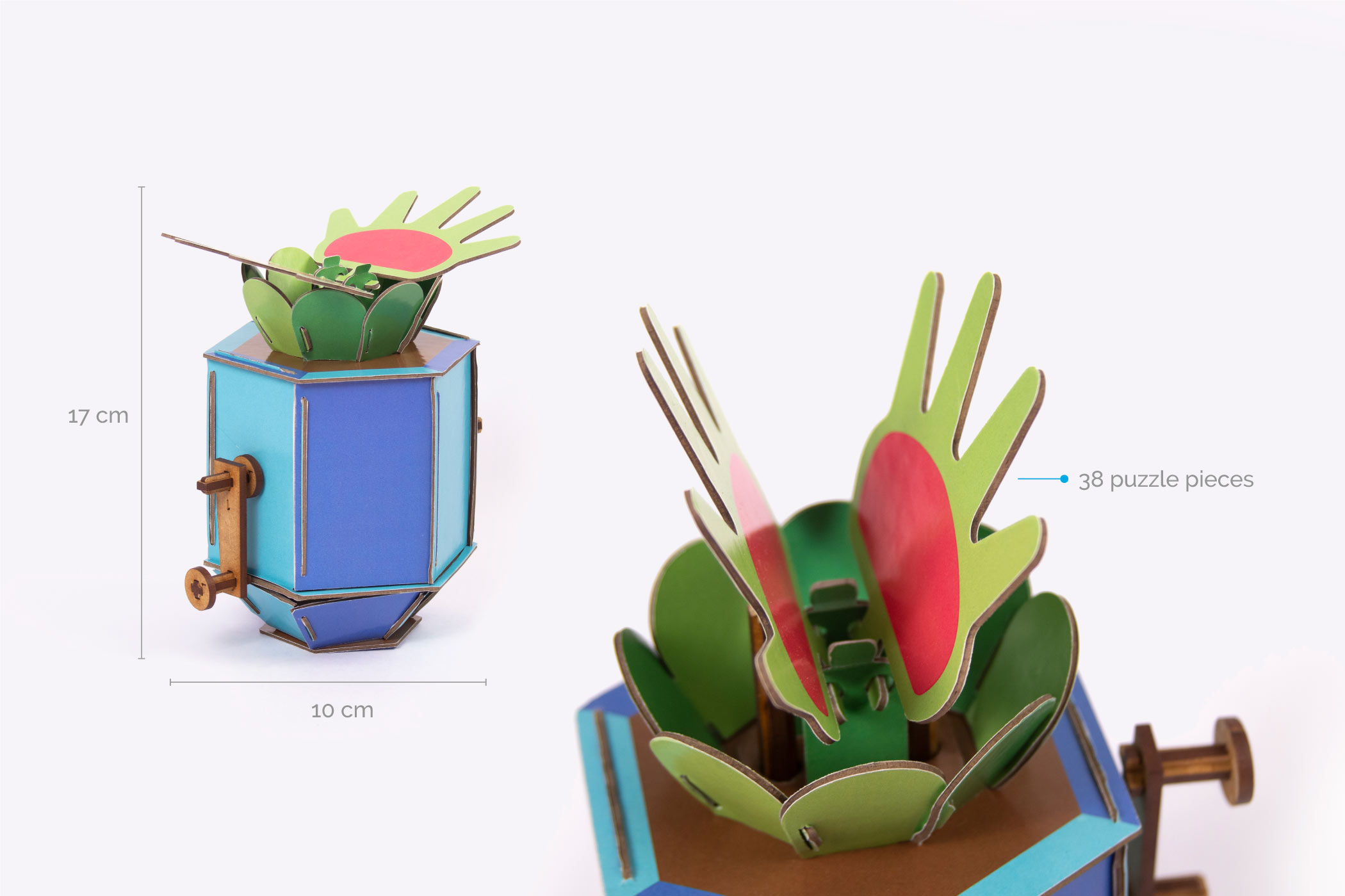
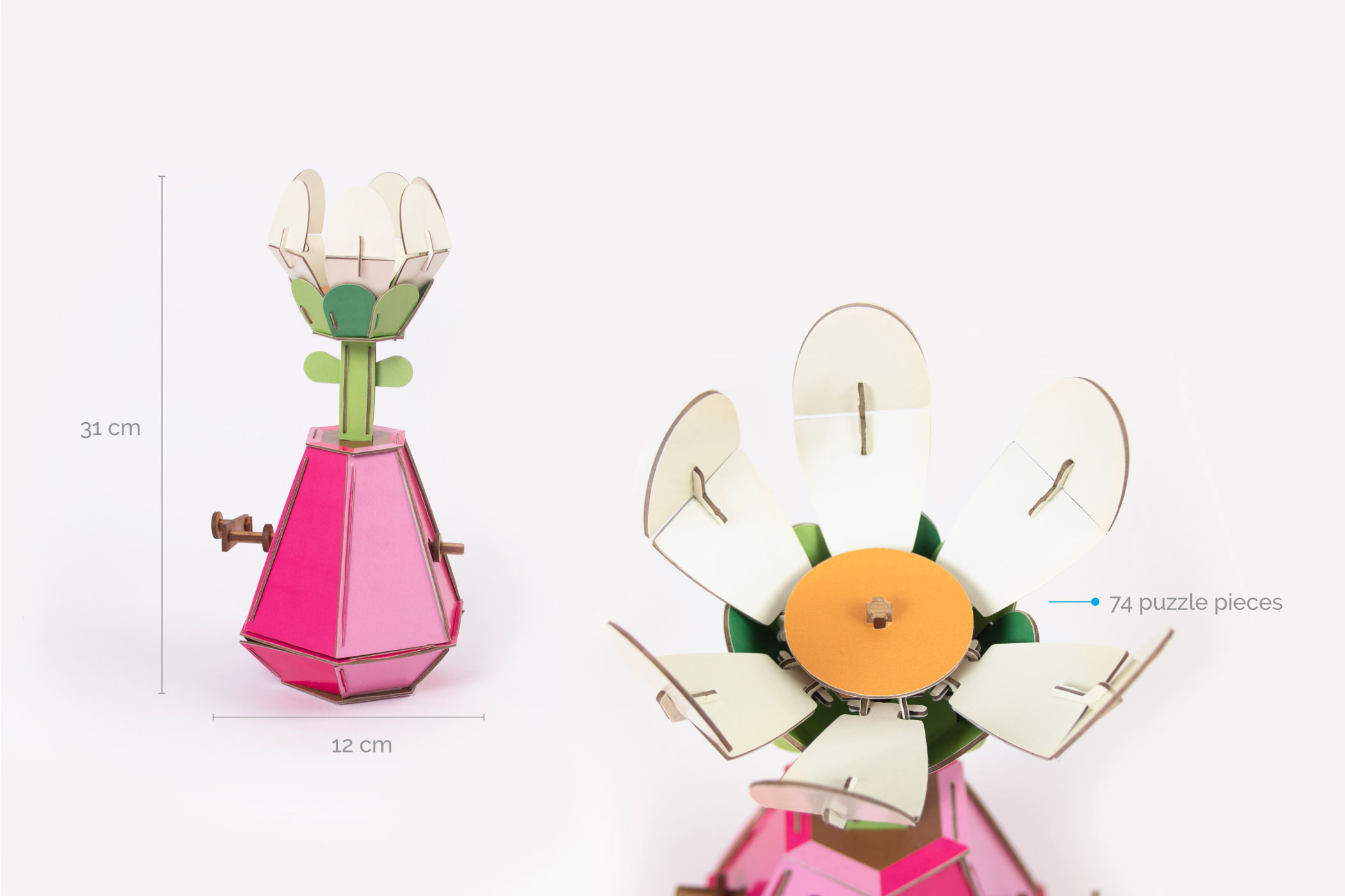

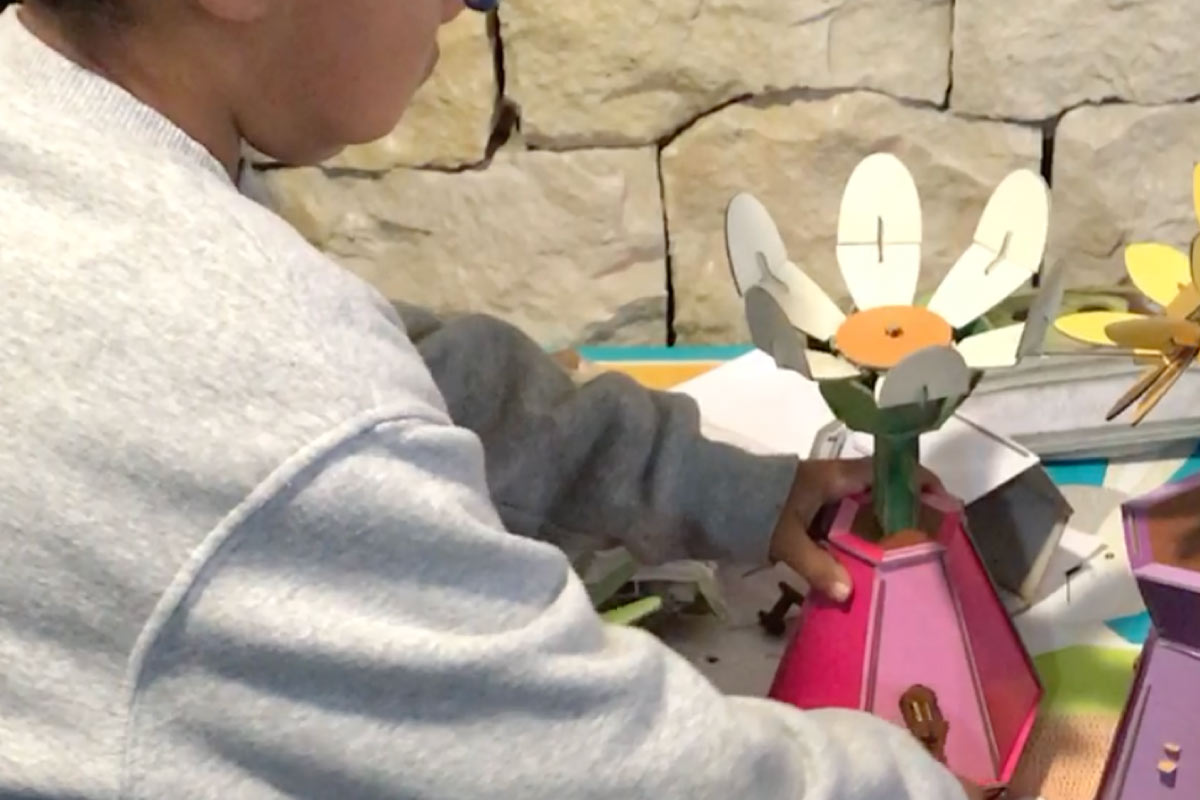
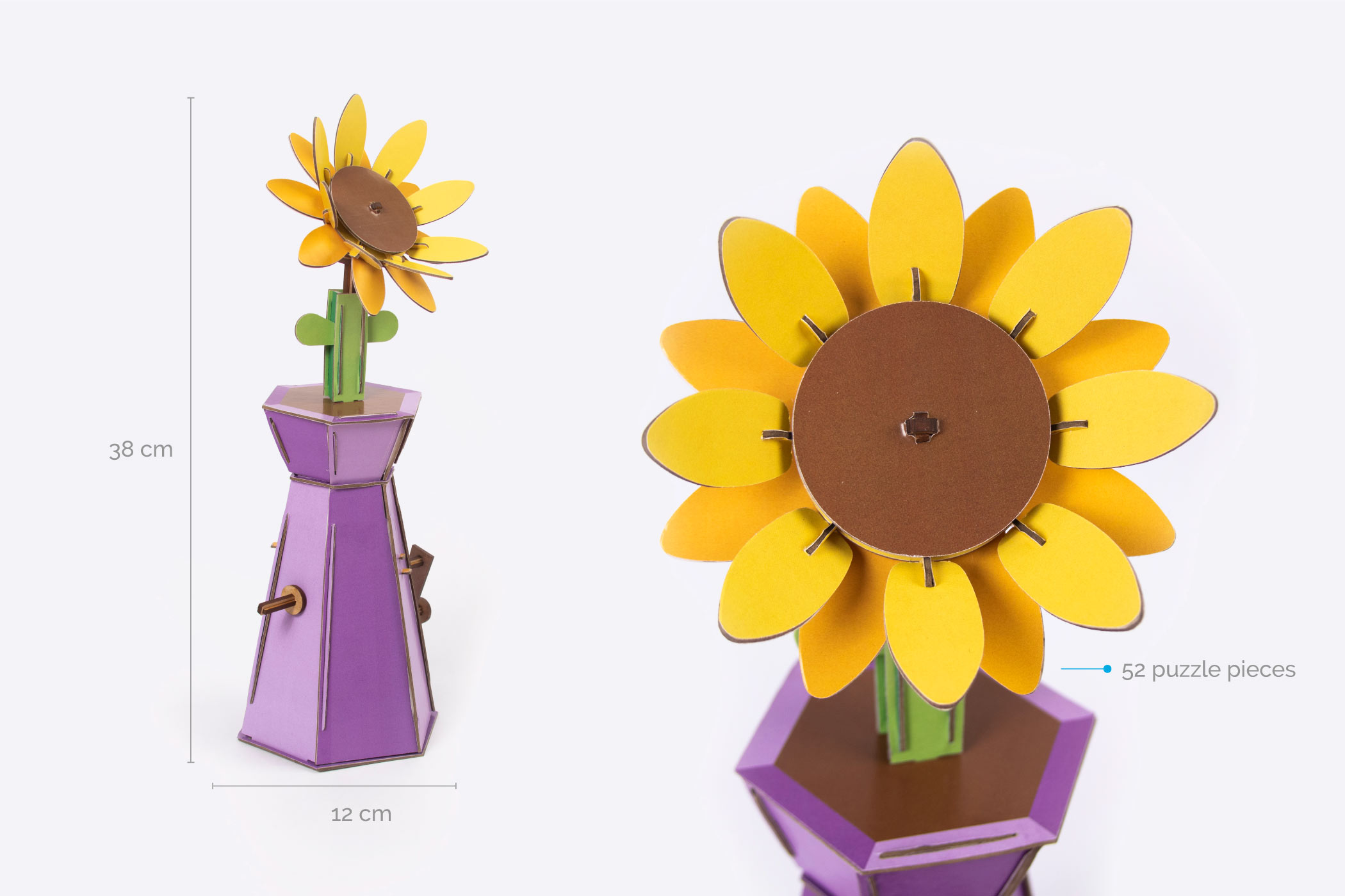
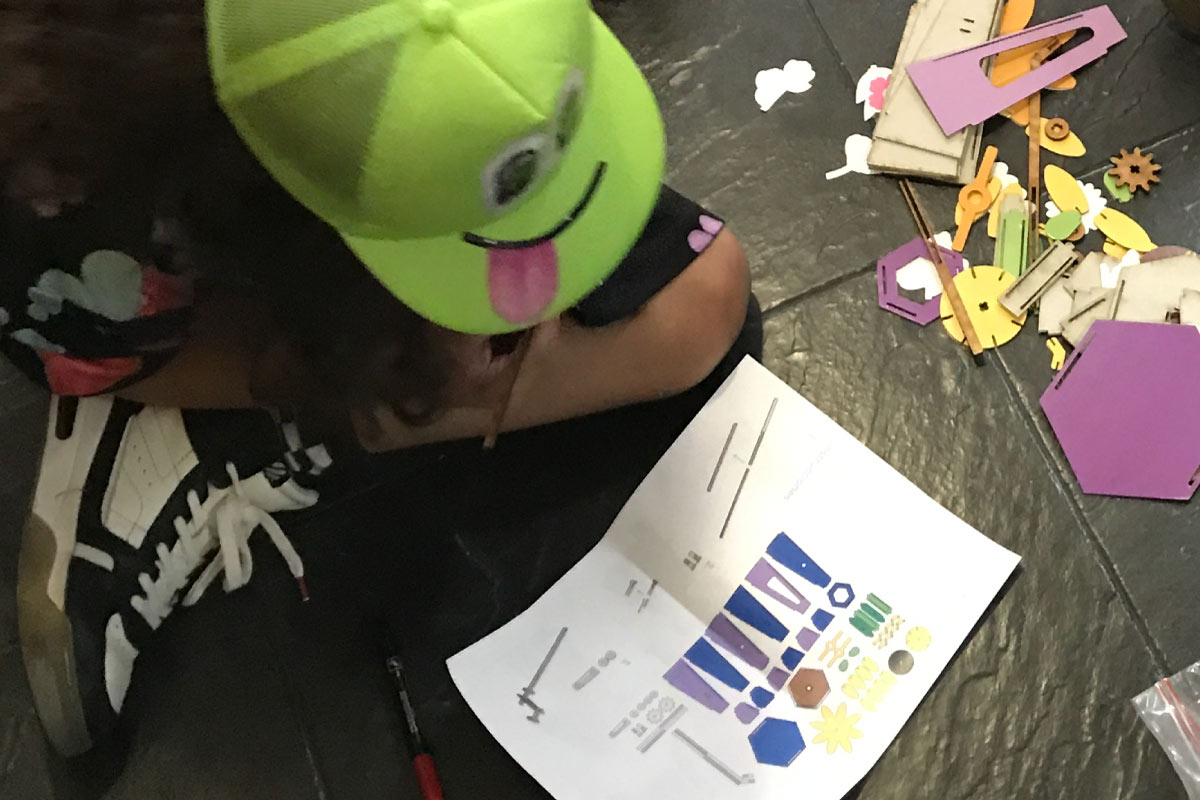

The children enjoyed both the final products and the challenge of assembling them, often working together with adult support to overcome moments of frustration. This collaboration helped develop social skills and persistence, while the surprise and pride they felt when the mechanisms worked boosted their confidence. The Venus flytrap was the favorite model thanks to its playful narrative, though the other two were also well received. The playtest confirmed that the product effectively fosters key developmental skills for the target age. While adult guidance proved essential, this was seen as a positive opportunity to promote family bonding and shared learning experiences.
All rights reserved • Published with the permission of Hape Toys Italy

